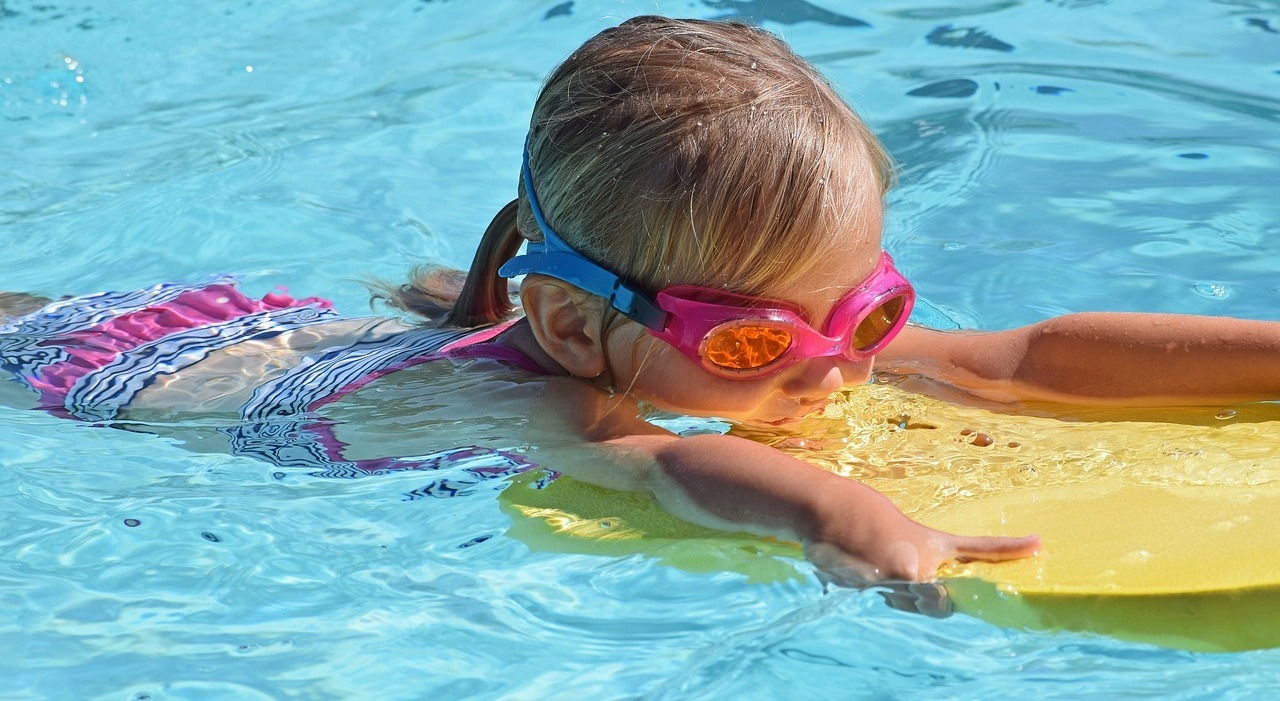With the tablet in hand, or sitting on the sofa watching television. Not even talking about using the stairs instead of the elevator. Imagine if it involves making some trips on foot: almost everyone prefers to be accompanied by mum and dad in the car. The sedentary lifestyle of children and young people is now becoming a public health problem. Doctors have been observing the consequences in clinics for several years, as children are increasingly overweight. And unfortunately the situation has worsened during the pandemic, as shown by the data processed by openpolis with the social enterprise Con i Bambini: between 2019 and 2021 the share of sedentary people in the population went from 35.6% to 33.7% . On the contrary, the incidence of minors who do not play sports grew from 18.5% to 24.9% between 6 and 10 years old, and from 15.7% to 21.3% between 11 and 14 years old. More stable among 15-17 year olds, where it still increased from 18.8% to 19.9%. With the end of the emergency, the data have improved slightly, but not enough: sedentary people drop to 21.7% between 6 and 10 years, to 17.2% between 11 and 14, to 19.3% between 15 and 17 Lower numbers than 2021, but still higher than 2019. And it is not at all comforting to observe that with the end of the pandemic, the percentage of children and young people who do not play sports still remains 20% (one in five).
THE CAUSE
But if the indiscriminate use of social media certainly has a significant impact on the ability of children to stay still for hours, in reality, the economic and social condition of the family also matters a lot. The inability to afford a paid leisure activity outside the home, as emerges from openpolis data, concerns almost one minor in 10 (9.1%); among those in conditions of deprivation, it will even reach 60% in 2021 (58.4%). In both cases, with growing values compared to the previous pre-pandemic survey, in 2017. The lack of equipped school gyms in various areas of the country does not help: 40% in the north-west (41.3%) , and stands a few points below this threshold in the north-east (37%) and central Italy (36.7%). However, midday remains rather behind (31.7%). Among the regions, after Liguria (52.4%), Puglia shows the most widespread presence (48.4%), followed by Tuscany, Veneto and Lombardy (approximately 44-45%). In last places, with less than one building in 4 equipped with a gym, are Sicily (24.6%), Umbria (23.3%) and Calabria (less than 20%). Children, therefore, do not play sports. Nor are they put in a position to do so. In the meantime, however, we are trying to reverse course. Starting with the institutional initiatives, proposed by Sport and Salute, the in-house company of the Mef (the Ministry of Economy and Finance) which deals with the development of sport. «Our objective – explains president Marco Mezzaroma – is to plan, develop and enhance the sport of the future by promoting access to physical activity for the entire population, promoting a healthy lifestyle and stronger, more interconnected societies. “Illumina” is our main project to bring light back to those places that have remained in the dark for too long.”
Fitness, the rules of trainer Ciro Antonio Faraglia: «This is why do-it-yourself is risky»
THE INITIATIVES
The project, carried out with the government, will see the light at the end of May with the renovation of the former Delphinia Center in Caivano. Investments are concentrated, in particular, on schools, with the Scuola Attiva Kids and Junior projects; 11 thousand classes involved and as many as 2 million students (+19% compared to 2022). A boost to sport then comes from the figures of sports tutors (three thousand involved) and the “active breaks”, created to combat sedentary lifestyle, correct posture and improve attention. Mezzaroma insists: «We have created around 800 projects, under the name Sport di Tutti, in disadvantaged areas and neighbourhoods, in prisons and by setting up open-air gyms in parks. And we have revolutionized the concept of playground, rethinking unused or degraded urban spaces, transforming them into spaces capable of offering growth opportunities for neighborhoods and communities.” Initiatives which benefited around 200 thousand citizens. With the “80 million” project, together with the sports federations, 131 activities were financed for over 180 thousand people involved. But without adequate sports facilities, the initiatives would only remain on paper. This is why, they explain to Sport e Salute, the company has started a census, for the creation of a functional database for the creation of a regulatory plan, capable of responding to needs and guiding public policies.
© ALL RIGHTS RESERVED
